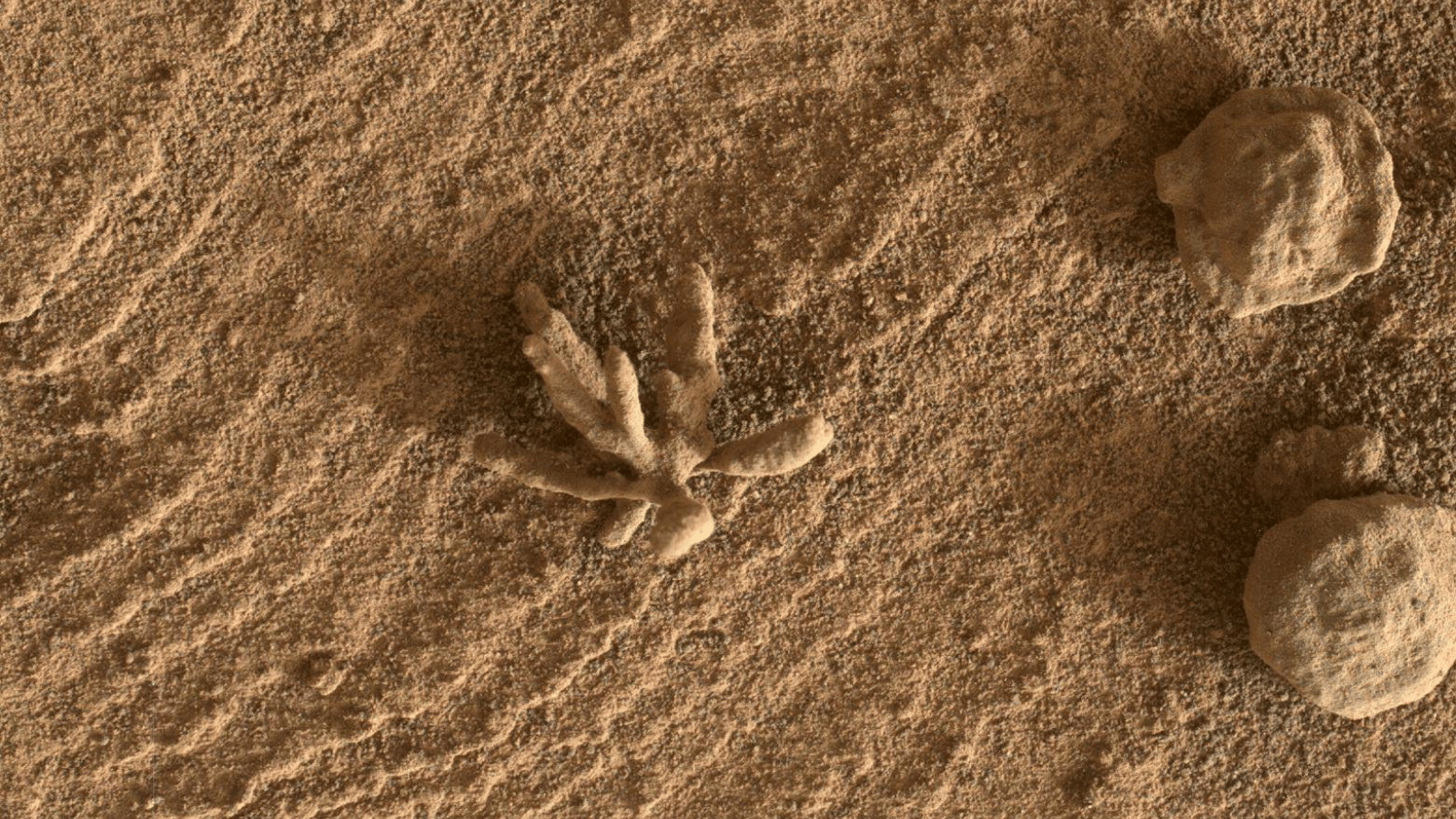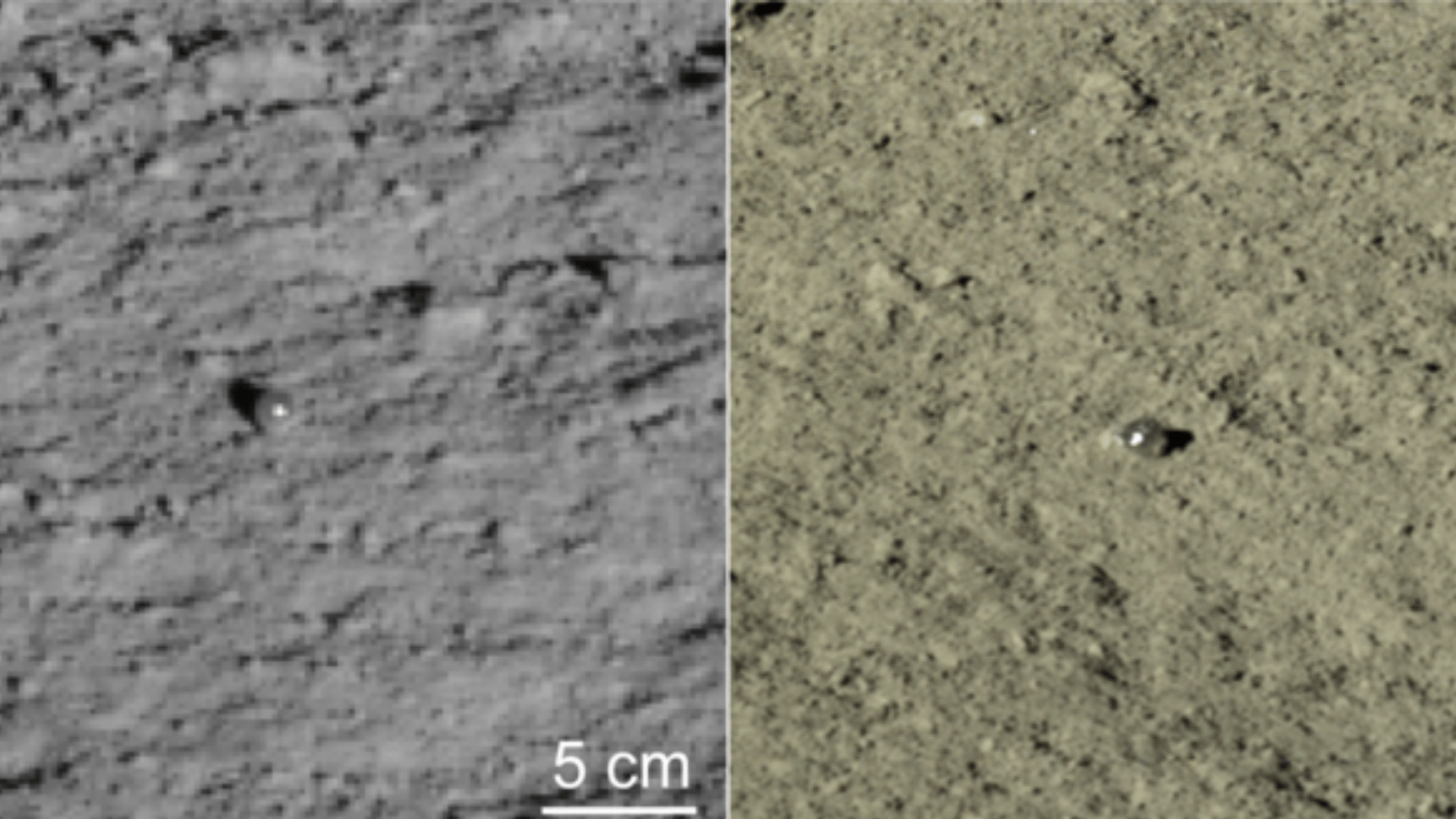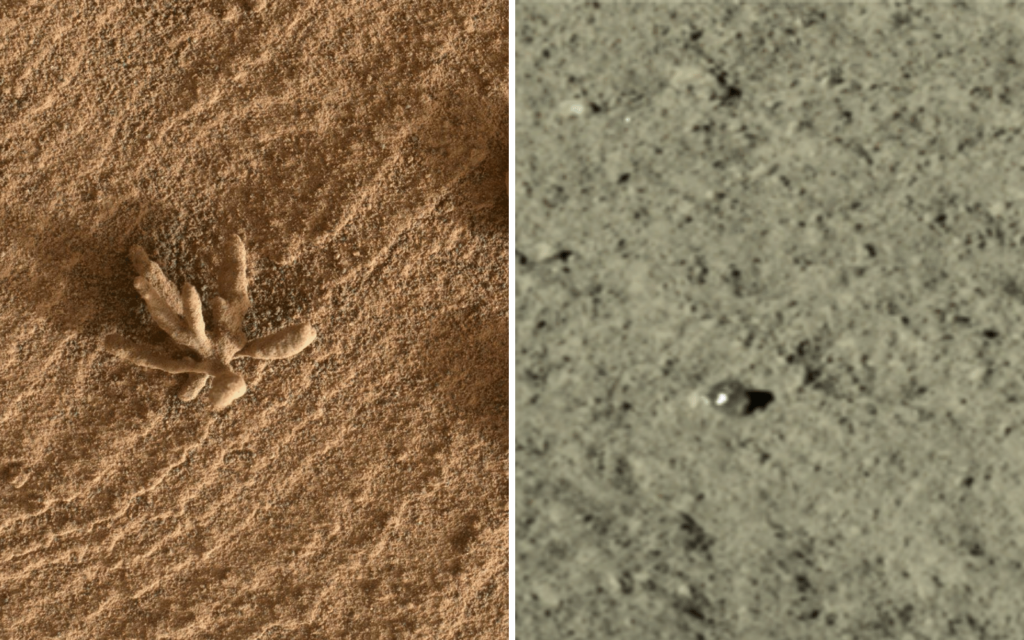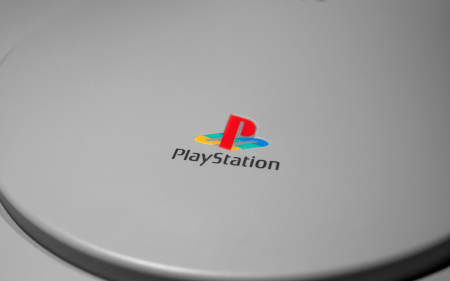It’s amazing the sorts of things you can find on planetary surfaces humans haven’t spent very much time. Or have they? Nah, there’s no evidence of intelligent life on Mars and the Moon. Heck, there’s barely evidence of intelligent life on Earth. But, like our blue-and-green planet, there are a few strange things to be found. Thanks to space travel, the internet, and cameras, we even get to take a look at some of it.
NASA and China’s own CNSA have both located some oddities — Mars plays host to a flower (of sorts), while someone’s been dropping marbles on the Moon. More or less.
Space for a garden
 NASA’s Curiosity rover came across something curious in its expeditions last month. That’d be, according to NASA’s Jet Propulsion Labs, a flower. Now, that’s not an actual flower, obviously. If there were photosynthesis taking place off-world, it would certainly be a more visible announcement. Besides the other events dominating the news, plant life on Mars would be world-changingly huge.
NASA’s Curiosity rover came across something curious in its expeditions last month. That’d be, according to NASA’s Jet Propulsion Labs, a flower. Now, that’s not an actual flower, obviously. If there were photosynthesis taking place off-world, it would certainly be a more visible announcement. Besides the other events dominating the news, plant life on Mars would be world-changingly huge.
NASA’s discovery is, as with most planets where nothing’s going on, a geological one. The formation, captured last month by the Mars Hand Lens Imager (MAHLI) camera, only looks kinda flowery. Or, more accurately, a little sea-weedy. This is appropriate since this particular space oddity was formed by water. Specifically, it was “…formed when mineralizing fluids traveled through conduits in the rock”. It is valuable to NASA because it helps explain how water behaved in the Gale Crater that Curiosity is exploring. Back when there was water on the Martian surface, of course.
Space Balls 2: The Fall of Yogurt
 The China National Space Administration (CNSA), not to be left out, has also located something strange out in space. Not too far away, mind you. Its Yutu 2 lunar rover has sent back images it snapped of the lunar surface. Normally there’s just dust and rocks, but now there’s also glass to look at. Yes, it’s naturally-occurring glass. Yes, that’s an actual thing. It’s made here on Earth by various warm things, like volcanos, lighting strikes, and asteroid or meteor strikes.
The China National Space Administration (CNSA), not to be left out, has also located something strange out in space. Not too far away, mind you. Its Yutu 2 lunar rover has sent back images it snapped of the lunar surface. Normally there’s just dust and rocks, but now there’s also glass to look at. Yes, it’s naturally-occurring glass. Yes, that’s an actual thing. It’s made here on Earth by various warm things, like volcanos, lighting strikes, and asteroid or meteor strikes.
It’s this latter explanation that is most likely to blame for these two up-to-2.5cm glass spheres sighted by Yutu 2 in the Von Kármán crater. Dr. Zhiyong Xiao of Sun Yat-sen University said, “Such glass globules should be commonly produced by ancient impact basins on the Moon, so their compositions and isotopic ages will be highly valuable to understand the early impact history.”
There are likely to be loads of glass marbles littering the Moon, which is a bizarre thing to know. Meteor strikes from space are common on the lunar surface and these orbs are likely created by most of them. The Apollo astronauts even brought a few back from their mission to the lunar surface. But, Xiao says, the existence of these space marbles is good news for potential building material on the lunar surface.
“The first discovery of macro-sized translucent glass globules on the Moon confirms that lunar anorthosites are excellent raw materials to manufacture glasses with good light-admitting quality.” Translated: We have everything we need to make space-glass. After that, glasshouses. And then no stone-throwing, okay? We’ve heard that’s bad.




